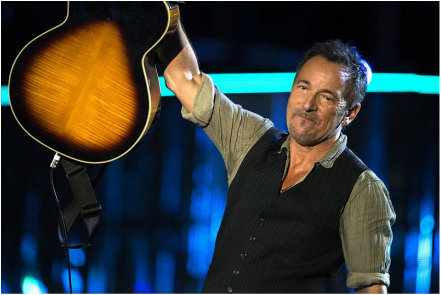
That come the twilight should we lose our way
If as we're walkin'
If' a hand should slip free
I'll wait for you
And should I fall behind
Wait for me.
Bruce Springsteen
We know the moments when we find connection again: the universe lights up.
These instances leap from the pages of novels, burn in our brain when we watch them in movies--or even industry research tapes--and, of course, entrance us when they happen in our own precious relationships.
Everything comes together: suddenly all the blocks roll away,
and there is an open, easy connection.
But how did we get there?
If we don't know the path, how do we get there again?
Loving is a process that moves from harmony to disharmony, from mutual attunement and responsiveness to mis-attunement and disconnection--and back again.
To really understand what happens, we have to zoom down into these interactions and atomize them.
Remember Seurat's paintings: when we move in really close, we realize that the vast scenes are composed of thousands and thousands of little dots. Researchers are doing the same with love relationships. By freeze-framing videos of romantic partners talking or arguing, and of babies playing with a parent, they are discovering how love, without our being aware, is shaped, for better or for worse, in micro-moments and micro-moves of connection and disconnection.
What matters is if we repair tiny moments of mis-attunement and come back into harmony. Bonding is an eternal process of renewal.
Relationship stability depends on not healing hug rifts but on mending the constant small tears. What distinguishes successful couples is not the ability to avoid fights but the ability to repair routine disconnections.

 RSS Feed
RSS Feed
